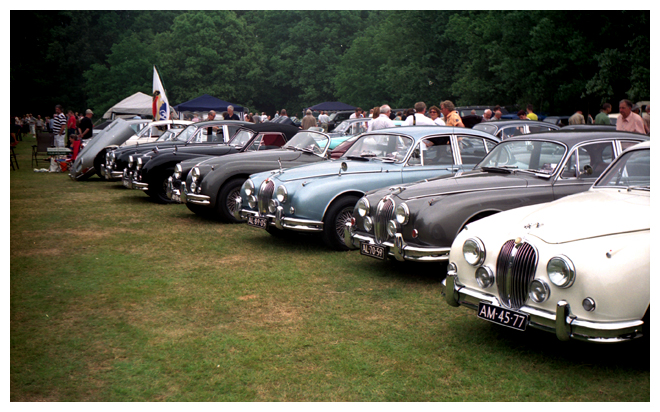68degrees
Well-known
Im not familiar with Argus so forgive me if this is a no brainer but how does image quality compare between Argus brick cameras and Olympus 35 RC, XA, SP etc




I have a brick (Argus C3?). Do people actually take pictures with these things?



The Olympus 35 RC is certainly an excellent little camera that was a pleasure to use. Like my Leica Z2x, it is small and convenient to keep loaded and handy in pocket or glove box in the car.
However, the Argus C3 and Matchmatic are an entirely different species of camera. Personally I cannot understand the fact that the C3's are an unending butt of jokes when their performance and reliability is comparable to other cameras costing ten times as much these days. It is quirky if not down right weird in its design. However, the coated Cintar lens is an excellent lens and the oddly designed shutter is the easiest to cla and maintain and is utterly reliable. The C models are clearly not ergonomic paragons but they sold more than any other camera for decades (more than 2 million) and that wasn't an accident. The camera market of the 1940's and 50's was a hard place to survive as demonstrated by the long list of failed companies but the Argus C3's remained on top. Their accessory viewfinders too are comparable to those made by any other company and superior IMO to those made by Leica or Kodak. One thing is certain, if you spend time with a C3, you will learn the basics of photography and your results will be images of high quality.
Bottom line: These cameras are very different and the choice between the two depends heavily on personal preference. David
I find the Olympus 35RC and all other compact cameras from Japan not sturdy (but optically good). The Argus C-3 is, well, a brick.
The C3 was actually remarkably cheap. In the pre-war years it was basically the only camera in its price bracket that offered flash synchronization and coupled rangefinder focusing - and worked. So while not "cheap" it was still a bargain.
In the postwar years it really was cheap. In 1959 the Standard C3 listed for $39, which made it basically the cheapest rangefinder you could buy in the U.S. and it cost half as much as the next cheapest camera with interchangeable lenses (Exa I think, or the Olympus Ace). In that bracket its competition was Japanese cameras like the Samoca and Kalimar A. The problem was that if you spent $10 more you could get a Japanese camera with a 2.8 lens, 1/500 shutter speeds, parallax compensating viewfinder, etc. etc. Most people were willing to spend the extra $10 for a lot more camera."
____________
Actually, the C3 cost $78.50 in 1949. The price that you mention above was the 1959 price of the C3 which was discounted due to the introduction of the more "advanced" Matchmatic which, BTW, cost $78.00. All the Argus C3 models were indeed rather expensive. compared to other rf cameras that you mention.

tunalegs said:The C3 was actually remarkably cheap. In the pre-war years it was basically the only camera in its price bracket that offered flash synchronization and coupled rangefinder focusing - and worked. So while not "cheap" it was still a bargain.
In the postwar years it really was cheap. In 1959 the Standard C3 listed for $39, which made it basically the cheapest rangefinder you could buy in the U.S. and it cost half as much as the next cheapest camera with interchangeable lenses (Exa I think, or the Olympus Ace). In that bracket its competition was Japanese cameras like the Samoca and Kalimar A. The problem was that if you spent $10 more you could get a Japanese camera with a 2.8 lens, 1/500 shutter speeds, parallax compensating viewfinder, etc. etc. Most people were willing to spend the extra $10 for a lot more camera."
____________
Actually, the C3 cost $78.50 in 1949. The price that you mention above was the 1959 price of the C3 which was discounted due to the introduction of the more "advanced" Matchmatic which, BTW, cost $78.00. All the Argus C3 models were indeed rather expensive. compared to other rf cameras that you mention.






